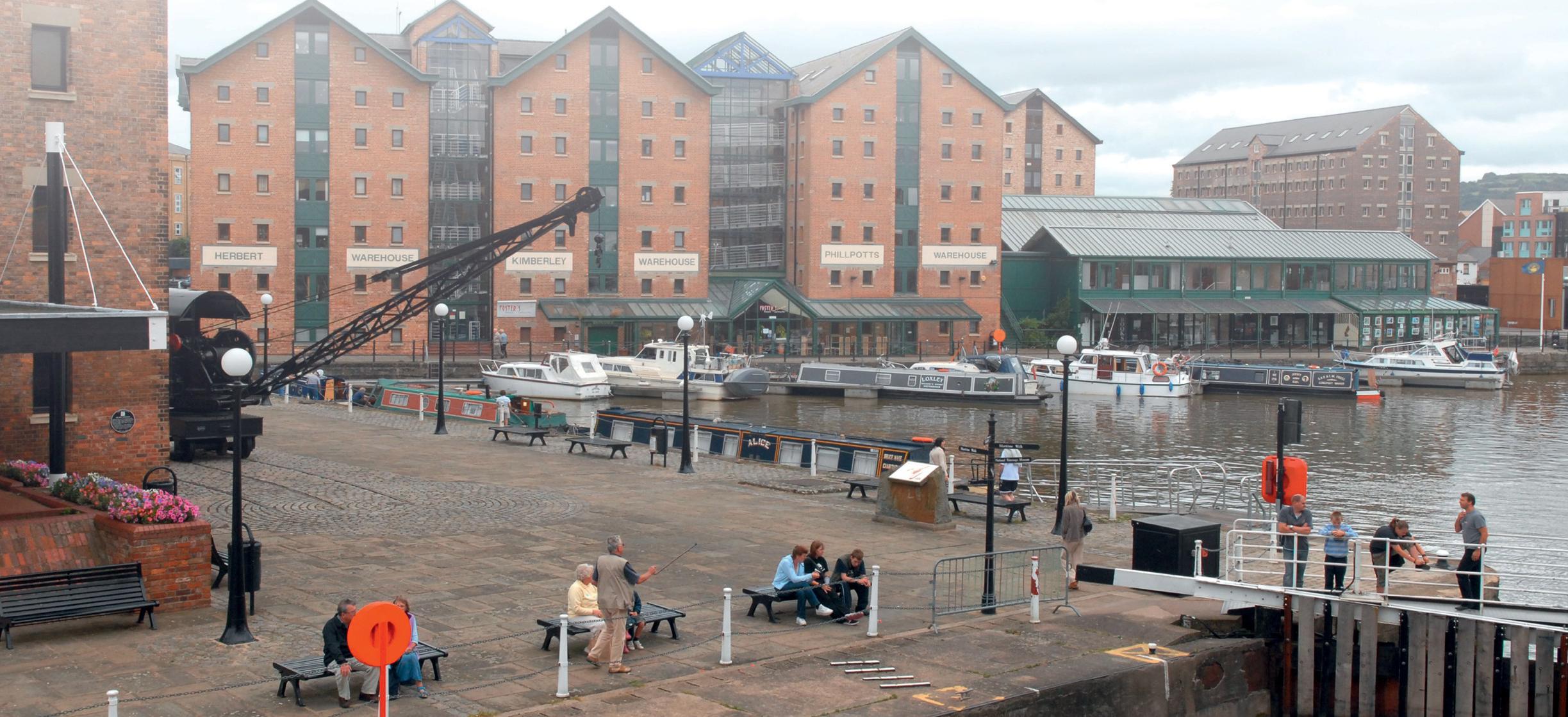
Government assistance to businesses and the community takes many forms, but the idea behind this assistance is to create a ‘positive multiplier effect’ within a local area. This not only boosts the local economy by providing jobs and facilities, it also attracts further outside investment to regenerate a particular area. But why do certain businesses and communities enjoy more government support than others? And how do governments decide which businesses and communities to support?
In theory, as with any business or economic decision, it should be a matter of opportunity cost, with the value of certain projects being reviewed against each other. Governments do use cost–benefit analysis to decide on particular projects, but it is important to realise that the overriding factor in their decision-making is more often political — is it a vote winner?
Your organisation does not have access to this article.
Sign up today to give your students the edge they need to achieve their best grades with subject expertise
Subscribe




